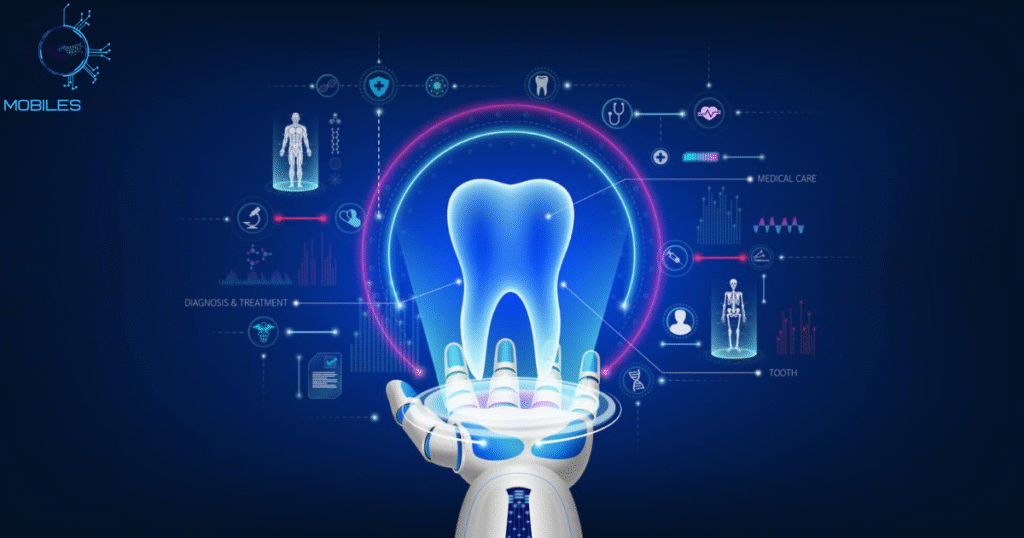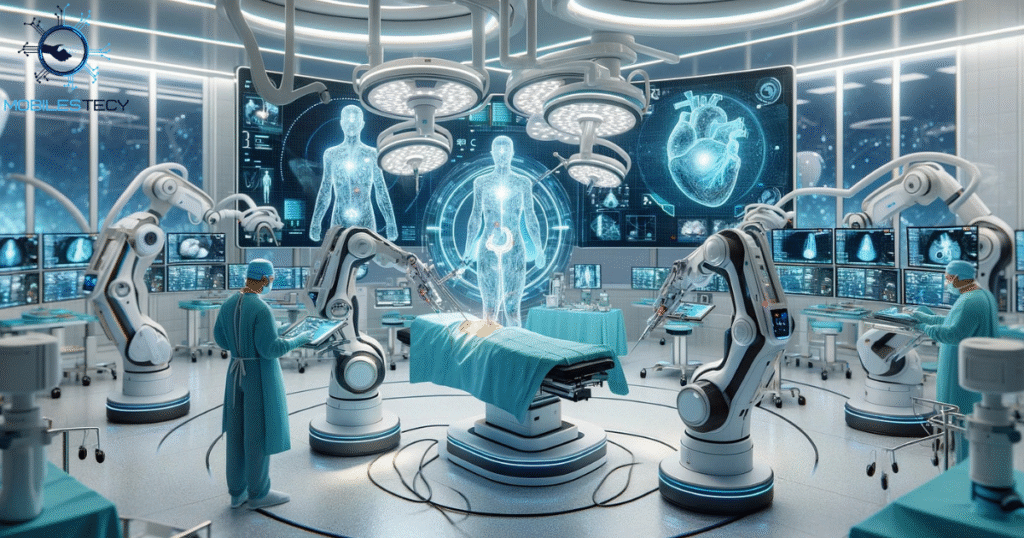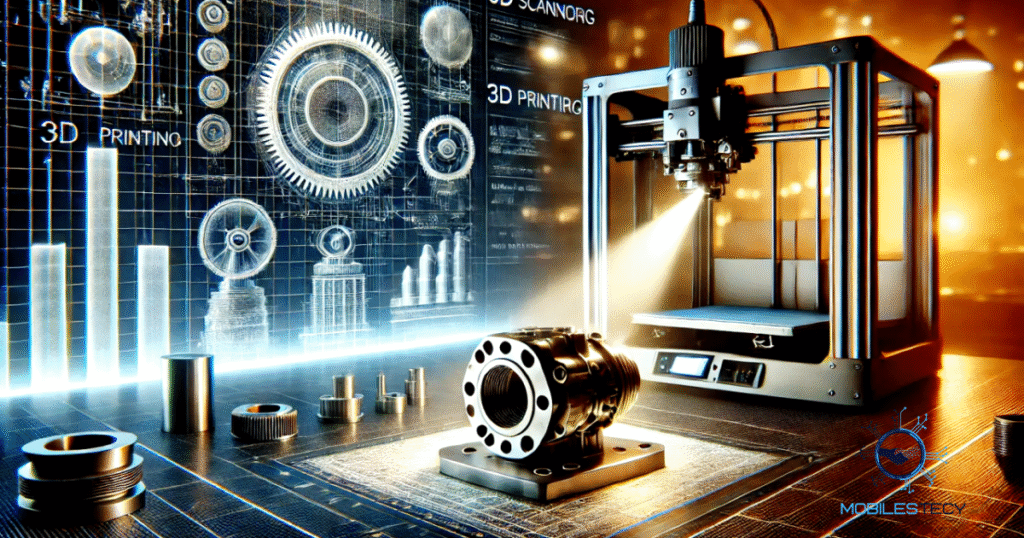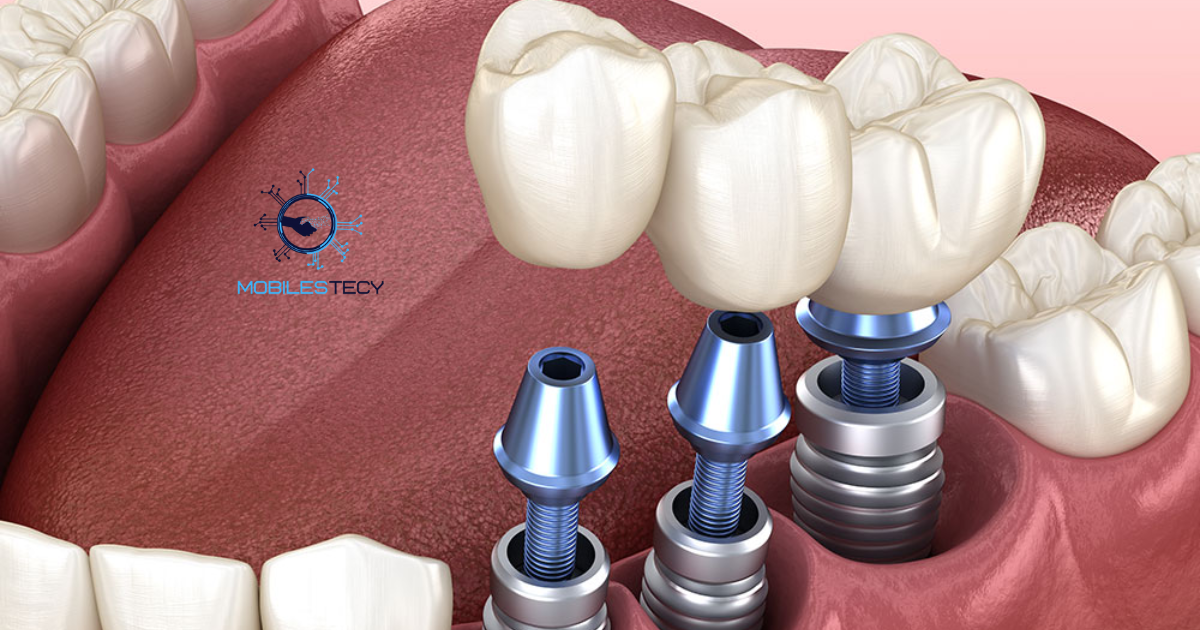Dental implants technology have revolutionized restorative dentistry over the past few decades. In 2025, rapid innovation is reshaping how dentists restore missing teeth. Cutting-edge technologies now offer faster healing, better fit, and long-term success. From smart implants to regenerative solutions, dentistry is entering a bold era. Patients today expect not just functionality, but aesthetics and personalized treatments.
Traditional implants often required multiple visits and lengthy healing times. Now, immediate-load systems and AI planning have changed that process entirely. With robotics and 3D printing, treatments are safer, quicker, and more precise. Advanced materials mimic natural bone, reducing failure and boosting osseointegration speed. These breakthroughs mark a shift toward smarter, more biologically integrated implants.
Digital dentistry and artificial intelligence are powering the next implant revolution. Clinics now use real-time data to monitor healing and detect issues. Smart implants even generate energy from chewing to power tiny onboard systems. Regenerative medicine may soon allow people to regrow their own teeth. 2025 is proving to be a pivotal year in dental innovation.
Innovations in Smart and Biomimetic Dental Implants

Smart dental implants in 2025 feature sensors that monitor oral health continuously. These devices detect early signs of infection, pressure changes, and bone healing. Powered by chewing motion, some implants use piezoelectric materials for energy. They also deliver therapeutic light to gum tissues, reducing inflammation effectively. Such innovations promise longer implant life and fewer complications for patients.
Biomimetic coatings now enhance osseointegration, accelerating bone growth around implants. Materials like calcium phosphate and bioactive glass mimic natural bone composition closely. These surfaces can release antimicrobial agents to prevent post-surgery infections. Patients with weak bone structures benefit significantly from these advanced materials. Together, these technologies improve implant stability and patient recovery times greatly.
3D printing allows highly customized implants tailored perfectly to individual anatomy. Dentists use CAD/CAM technology to design implants that fit bone structure precisely. In-house manufacturing speeds up treatment, reducing wait times for patients drastically. Precision implants distribute chewing forces evenly, reducing wear and implant failure. Dental Implant technology fosters a personalized approach, improving outcomes and patient satisfaction.
- Smart implants now monitor healing, bone integration, and internal pressure changes.
- Chewing-powered implants use piezoelectric materials to generate self-sustaining energy.
- AI analyzes scans to plan implant placement with pinpoint precision.
Smart Dental Implant Technology and Real-Time Monitoring
Smart implants monitor healing, bone integration, and internal pressure changes. Real-time data alerts dentists early, preventing complications before symptoms appear. Chewing-powered implants use piezoelectric materials to generate self-sustaining energy. This energy powers embedded LEDs for antibacterial and healing light therapy.
Some smart implants generate power using chewing, avoiding the need for batteries. This energy powers onboard LEDs for light therapy to reduce inflammation. Light pulses stimulate gum tissue and prevent harmful bacteria from spreading. Patients benefit from improved healing and lower risks of implant failure.
AI-Guided Planning and Robotic-Assisted Implant Placement

Artificial intelligence processes CT scans and designs ideal implant placements instantly. It considers jaw structure, bone density, and nerve location with precision. Dental Implant technology improves accuracy, saves time, and supports treatment success. Clinicians now rely on AI tools for faster, safer dental planning.
Robotic arms are used to assist with high-precision implant procedures. These machines follow pre-programmed paths based on AI-designed surgical plans. Robots can operate in tight spaces without shaking or human fatigue. Combined with AI, they enhance safety and confidence during complex surgeries.
Digital Dentistry, Immediate Loading, and Regeneration
Artificial intelligence is transforming modern implantology by rapidly interpreting 3D dental scans with high precision. AI-driven systems identify the best implant positions, taking into account bone density, nerve pathways, and angulation for each patient. This intelligent guidance minimizes surgical risks and enhances procedural accuracy. In addition, robot-assisted implant placement ensures consistent, millimeter-perfect precision, significantly improving clinical outcomes.
With immediate-loading dental implants, patients can now receive functional crowns within hours of surgery. Minimally invasive options such as flapless and laser-assisted procedures further decrease discomfort and swelling. These digital techniques accelerate healing and help patients regain normal function quickly. Fully digital workflows—from diagnosis and surgical planning to final restoration—create smoother, more efficient treatment experiences.
In parallel, regenerative dentistry is paving the way for natural tooth renewal. Research into biologics and gene-based therapies, including USAG-1 protein inhibitors, has shown potential for stimulating real tooth growth. While these innovations are still under clinical testing, they signal a future where tooth regeneration could replace implants entirely. Complementary advancements like oral microbiome modulation and microrobotic cleaning systems are also revolutionizing preventive care.
- Robotic-assisted systems help place implants with steady, millimeter-level precision.
- 3D printing enables fully customized implants tailored to the patient’s anatomy.
- Biomimetic materials like calcium phosphate mimic natural bone for better fusion.
Advanced Materials and 3D Printing for Better Integration

Biomimetic materials like bioactive glass encourage stronger bone-implant integration. These coatings mimic natural tissues, speeding healing and reducing inflammation. They often contain antimicrobial agents that prevent post-operative infections effectively. Patients experience more comfort, less pain, and faster recovery after surgery.
3D printing enables dentists to create implants perfectly tailored to patients. It uses detailed scans to produce accurate, patient-specific implant geometries. Custom implants improve comfort, distribute forces evenly, and reduce future complications. Dental Implant technology also shortens waiting time by enabling on-site manufacturing.
Regenerative Solutions and Future Tooth Replacement Possibilities
Researchers are testing drugs that can help people regrow natural teeth. One drug blocks USAG-1 protein, which prevents new tooth formation. Early human trials show success in stimulating natural tooth regeneration. This breakthrough may replace implants with biological solutions in the future.
Other experimental treatments include microbiome grafts and microrobotic plaque removers. These tools clean deep areas and restore healthy bacteria to the mouth. They aim to improve implant success by maintaining a clean oral environment. Though early in development, they represent dentistry’s future direction and potential.
- Immediate-loading implants allow crowns to be fitted the same surgery day.
- Zirconia implants offer a metal-free, aesthetic option for front teeth.
- Laser-assisted and flapless surgeries minimize tissue damage and patient discomfort.
- Regenerative therapies may one day replace implants with real tooth regrowth.
- Microrobots and oral microbiome transplants aim to boost oral hygiene.
Faq’s
What are smart dental implant technology and how do they work today?
Smart implants monitor healing, pressure, and infection using internal digital sensors. Some even use chewing motion to power light-based healing systems inside.
Can I get a crown the same day as implant surgery?
Yes, immediate-loading implants allow crowns to be placed during the procedure. This reduces wait time, speeds recovery, and improves overall patient convenience.
Are 3D-printed implants stronger and more accurate than traditional ones?
3D-printed implants are custom-designed to fit your jawbone precisely. They improve comfort, healing, and overall long-term implant success rates.
Is it possible to regrow real teeth instead of using implants?
Experimental drugs may stimulate natural tooth growth in future treatments. Though not widely available, clinical trials show promising early results.
What materials are used in modern implants for better integration?
Modern implants use biomimetic coatings like bioactive glass or calcium phosphate. These materials promote bone growth and help prevent bacterial infections naturally.
Conclusion
The field of dental implant technology in 2025 has transformed dramatically. From smart implants to AI planning, innovation drives safer, faster care. Patients now experience less pain, quicker recovery, and better long-term outcomes. Advanced materials and personalized designs ensure a natural look and strong fit. These improvements redefine expectations in both function and aesthetics of dental implant technology.
Dental Implant Technology like 3D printing and robotics enhances precision during every procedure. Digital workflows reduce errors and make implant treatments more accessible worldwide. Biomimetic surfaces and antibacterial coatings reduce complications and promote healing faster. Even chewing-powered implants offer energy for healing without external power sources. This synergy of digital and biological advancements leads to lasting dental success.
Looking ahead, regenerative therapies may allow natural teeth to regrow completely. Tooth regeneration research holds promise as a future alternative to implants. Until then, smart, customized dental implant tecnology offer the best available tooth replacement. Patients and professionals alike benefit from these next-generation solutions in dentistry. The future of dental restoration is here—and it keeps evolving fast.
Read more latest Articles on Mobilestecy.com








